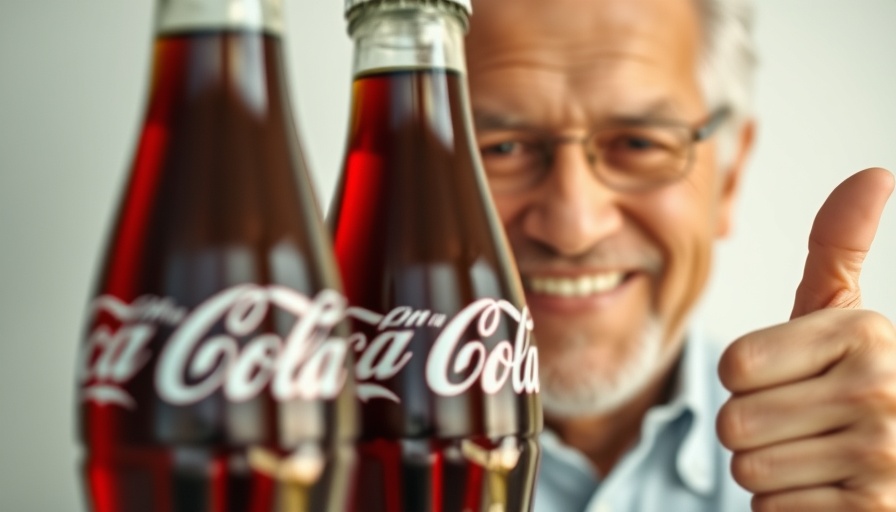
The Surging Demand for Mental Health Services
The United States is currently experiencing an unprecedented rise in the demand for mental health services. As the National Center for Health Workforce Analysis highlights, around 122 million Americans reside in areas lacking adequate mental health practitioners. This alarming statistic points to a critical crisis in mental health delivery, focusing attention on the intense pressures faced by existing providers.
Understanding the Burnout Crisis Among Mental Health Practitioners
As practitioners strive to meet this surging demand, burnout has become increasingly prevalent among them. More than 50% of healthcare providers report experiencing burnout, a rate significantly higher than that of the general population. The time-consuming nature of documentation and administrative responsibilities—often amounting to 30-40% additional work—only adds to their stress. This overwhelming workload robs practitioners of personal time, affecting their health and well-being.
What’s Driving the Demand?
While the COVID-19 pandemic significantly highlighted mental health issues, the roots of this demand extend far beyond it. Before the pandemic, existing stigma and lack of awareness around mental health services already hindered access to care. The pandemic only served to accelerate reporting of various mental health disorders. Data from the American Psychological Association indicates a staggering 79% increase in reported anxiety disorders and a 66% rise in depressive disorders since the pandemic began.
Further contributing factors include a growing public acknowledgment of the importance of mental health, the destigmatization of seeking professional help, and aggressive marketing by online therapy platforms. Collectively, these trends have significantly shifted societal perceptions, leading to an ever-growing need for timely and accessible mental health services.
Confidant Health: A Modern Solution to an Age-Old Problem
Jon Read, co-founder of Confidant Health, recognizes the weight of this issue. Many challenges confronting mental health providers are linked to the crush of administrative duties piled on top of heavy patient loads. Confidant Health's innovative approach focuses on alleviating these burdens, offering streamlined solutions aimed at reducing the administrative overhead.
By incorporating technology to manage administrative tasks and facilitate patient interactions efficiently, Confidant Health helps practitioners reclaim their time, allowing them to redirect their attention where it matters most: patient care.
Moving Forward: The Importance of Addressing Workload Stressors
To combat the burnout epidemic among mental health practitioners, it’s crucial to recognize the profound impact of workload stressors on their overall well-being. By addressing the administrative burdens they face, health organizations can better support their workforce, ensuring that providers have the opportunity to maintain their passion for patient care without sacrificing their health.
In a landscape where intensive demand is likely to persist, solutions like those offered by Confidant Health can be game-changers. They not only ensure practitioners can fulfill their professional obligations but also help create a more sustainable and supportive work environment.
Conclusion: Protecting Our Providers and Our Patients
As the demand for mental health services continues to rise, the critical burden faced by mental health practitioners cannot be overlooked. By advocating for and implementing solutions that manage administrative tasks effectively, we can help protect our providers from burnout while ensuring that millions of patients receive the care they desperately need. Let’s support innovation in our mental health sector to safeguard the mental wellness of both providers and patients alike.
 Add Row
Add Row  Add
Add 




Write A Comment